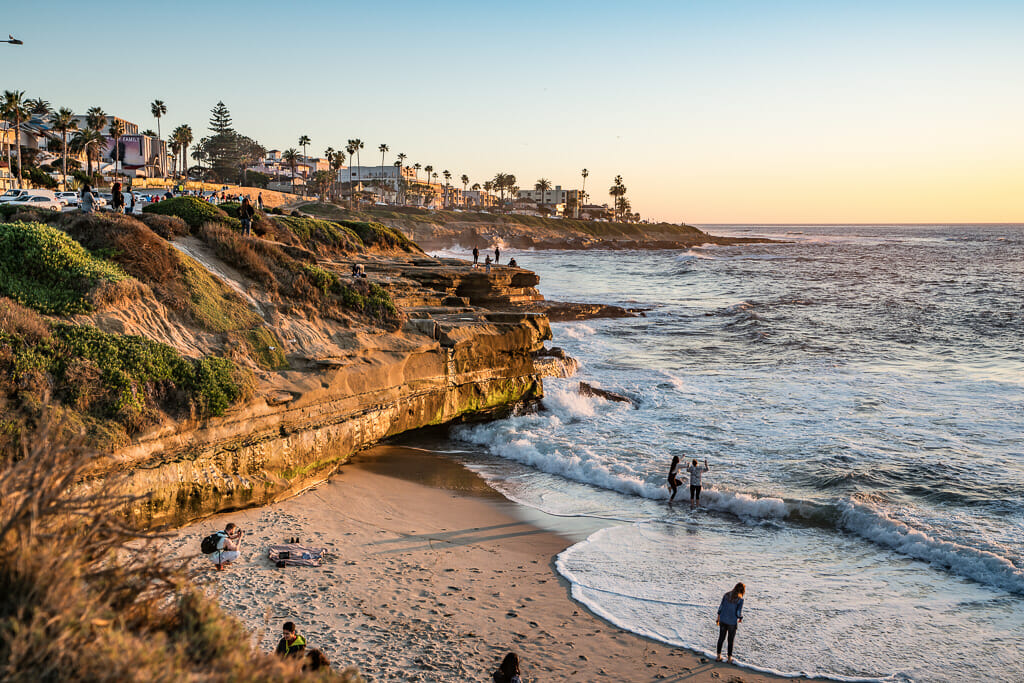Norfolk’s Strategic Locatiton
The port of Norfolk is ideally situated on the coast of Virginia providing direct access to the Atlantic Ocean and routes to Europe and northern Africa. As one of the largest naval stations in the world, Norfolk serves as an important logistical hub and homeport for numerous surface vessels and submarines of the United States Navy. Due to its deepwater access and proximity to naval aviation and training facilities along the US East Coast, Norfolk offers strategic advantages for deploying carrier strike groups and expeditionary forces worldwide. However, transit times will vary depending on fleet speed and intended area of operations in the Mediterranean.
Calculating Distances and Travel Times
The most direct sea route from Norfolk to the Strait of Gibraltar spans over 3,503 nautical miles according to online port distance calculators. A modern US Navy carrier strike group with Toconderoga-class cruisers and Arleigh Burke-class destroyers can achieve steady speeds of 15-20 knots while maintaining optimal operations such as flight operations, drills, and task group maneuvers. At a more fuel-efficient speed of 15 knots, the total travel time from Norfolk to Gibraltar would be roughly 10 days. However, pushing the task force up to a maximum speed of around 32 knots could significantly reduce transit time to approximately 4-5 days if urgency was required.
Ranging Operations in the Western Mediterranean
Reaching ports and strategic locations in the western Mediterranean like Naples, Italy or Barcelona, Spain would require only around two-thirds of the total travel time from Norfolk. At maximum speeds, a carrier strike group could cover this distance in less than 3 days. Once on station in the central Mediterranean, the fleet would have swift access to respond to missions across the region including shows of force, maritime security patrols, allied exercises, or contingency operations. Carrier-based aircraft would provide extensive surveillance and power projection capabilities across Europe, northern Africa, and the Middle East.
Logistical Considerations
Sustained high-speed operations do come at the cost of increased fuel consumption for surface combatants and support vessels. Extended deployments in the Mediterranean may also require replenishments of munitions, stores, and other supplies. The strategic depth provided by America’s forward-deployed naval forces helps address these logistic needs. Resupply can be coordinated from stockpiles prepositioned aboard fleet logistics ships homeported in Italy, Spain, and Greece or transported from larger fleet logistics installations back in Norfolk. With logistical support networks already in place, a carrier strike group from Norfolk has the range and sustainability to carry out presence missions throughout the Mediterranean for months at a time before requiring a port visit for more extensive maintenance availabilities.
Conclusions
Ideally situated along America’s eastern seaboard, the naval facilities concentrated around Norfolk provide a highly advantageous deployment axis for power projection across the Atlantic, Europe, and northern Africa.
While transit times will vary based on fleet speed and assigned operating areas, a carrier strike group based in Norfolk has considerable operational reach to respond rapidly to contingencies across the Mediterranean Sea in under a week at maximum sprint speeds or with more fuel-efficient transits of around 10 days.
Once on station, America’s forward naval presence supported by carrier airpower and expeditionary logistics enables continued multi-mission capabilities throughout the region for extended periods before requiring replenishment. This provides formidable flexibility for the US Navy to safeguard strategic interests wherever needed.

 San Diego or Miami: Which Coastal City is Right For You?
San Diego or Miami: Which Coastal City is Right For You?